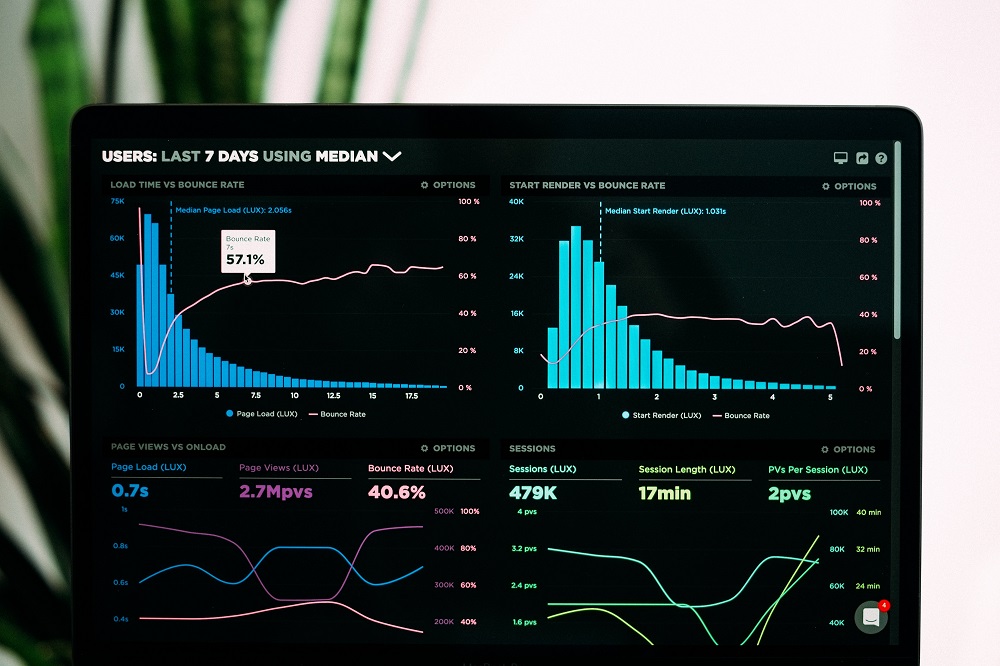A data management system (DMS) is a software system that helps organizations store, organize, manage, and analyze their data. It is designed to provide efficient and effective access to data, ensuring that data is accurate, complete, and secure.
A DMS can help organizations manage data in a variety of formats, including structured, semi-structured, and unstructured data. It can include features such as data warehousing, data integration, data quality, data security, data governance, and data analytics.
A data management system can be used for a wide range of applications, including financial management, customer relationship management, human resource management, supply chain management, and more. The goal of a DMS is to provide an integrated and comprehensive view of an organization’s data, allowing decision-makers to make informed decisions based on accurate and up-to-date information.
There are several types of data management systems, including:
- Relational Database Management Systems (RDBMS): These are the most common types of data management systems. RDBMS uses a table-based structure to organize and store data, and they use SQL (Structured Query Language) for data manipulation.
- NoSQL Databases: NoSQL (Not Only SQL) databases are designed for unstructured and semi-structured data. Unlike RDBMS, NoSQL databases are not based on a table structure and use different models for data storage and retrieval, such as document-oriented, graph, or key-value stores.
- Object-Oriented Databases: Object-oriented databases are designed to store and manage complex data structures, such as objects and classes, and are commonly used in object-oriented programming languages.
- Data Warehouses: Data warehouses are used to store and analyze large amounts of data from various sources. They are typically used for business intelligence and decision-making purposes.
- Data Lakes: Data lakes are similar to data warehouses but are designed to store raw, unstructured data. They provide a cost-effective way to store and manage large volumes of data that may not have a defined structure or schema.
- Content Management Systems: Content management systems are used to manage and publish digital content, such as web pages, documents, and images.
- Master Data Management Systems: These systems are used to manage critical data that is shared across multiple systems, such as customer data, product data, and supplier data.
Each type of data management system has its own strengths and weaknesses, and organizations typically choose the system that best fits their specific needs and requirements.


